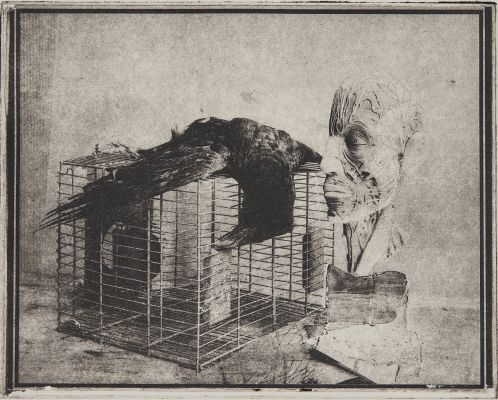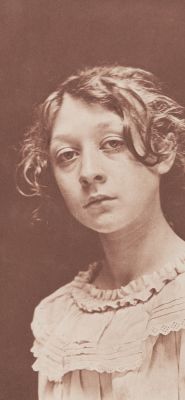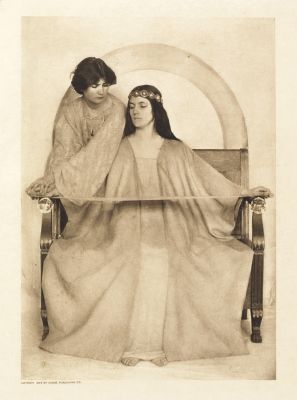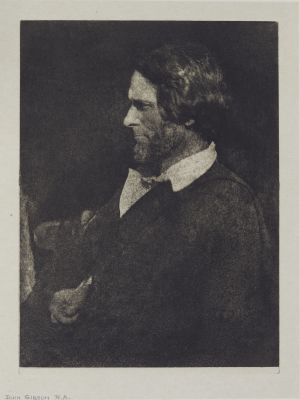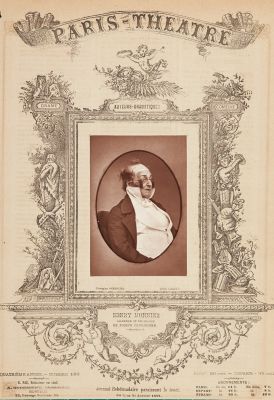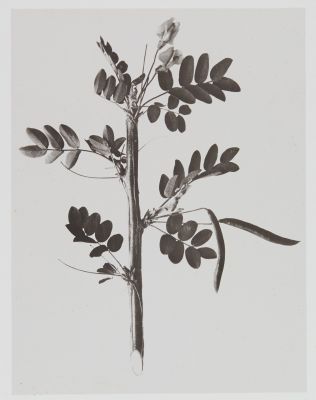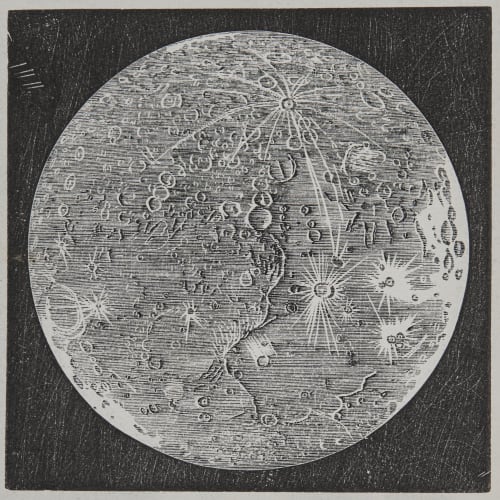
Title
Photography Applied to Engraving on WoodArtist
Nasmyth, James (British, 1808-1890)Publication
The Photographic and Fine Art JournalDate
1854Process
PhotoxylographAtelier
St. Vincent BeecheyImage Size
6.5 x 6.6 cm
This is an early example of photography applied to engraving on wood. The current number of the Art Journal contains a proof that the important question, can photographs be produced on the wood block so as to be used by the engraver? has been solved in the affirmative. The engraving of the moon there given is most satisfactory; and we think our readers will be obliged to us for transferring to our columns the following letter from the Rev. St. Vincent Beechey, by whom this good service has been accomplished… The scale to which this map is reduced on the block of course rendered it impossible to engrave all these minutiae; but by this process the exact position of all the principal mountains and ridges has and requiring no other treatment than if it had been take the liberty of setting before them the difficulties both perfectly aware that certain rude attempts had been that they were of the roughest possible description... The advantages of such an improvement are obvious; if the object can be placed immediately upon the wood, without the intervention of the draughtsman, considerable expense is saved, and much greater accuracy secured. The difficulty has arisen from the " imperfectness" of the object when placed on the wood by the influence of light alone; the engraver, however skillful, cannot engrave it so as to render the engraving effective. Hitherto, therefore, as we have said, all attempts that have come before us have been failures. For woodcuts, indeed, we have frequently received aid from photography, but it has been by merely making them (on paper) auxiliaries to the artist in drawing on the block, upon which his drawing is generally traced."
No single person can be pointed to as the inventor of Photoxylography. However on April 20, 1839 a photogenic drawing was cut and printed in The Mirror of Literature, Amusement, and Instruction. The method was explained “To take a Photographic Copy on Boxwood. Place the smooth side of a block of boxwood in a shallow dish or plate, containing a solution of salt, twenty grains to an once of water. When it has remained in it for about five minutes, take it out and dry it, and then put the same side in another plate containing sixty grains of nitrate of silver, dissolved in an ounce of water. After the elapse of a minute, take it out, and dry it. It will then, on exposure to light, assume a fine brown color. If it be again immersed in each solution, for a few seconds only, it will become so sensitive, as to be affected by a very slight degree of light. To obtain a drawing of a view, or a copy of a picture, &c. proceed with the prepared block, precisely according to the instructions already given for using the photographic paper. In this manner, a drawing upon a block may be most expeditiously obtained, and without the services of a draughtsman. It only needs the wood-engraver.” [1] After this date a number of individuals showed examples including Robert Langton in England in 1854; J. De Witt Brinckerhoff in the US in 1855, as well as Robert Price in the U.S. — whose process was commercialized in 1857. Even as late as 1861 A. Bolton, England, was credited as the inventor. [2]
Reduction of a large painting for reproduction. Inaccurately described as "the first fair specimen of a woodcut engraving upon a block transferred photographically." The block was also supposedly reprinted in, Photography: Its history, processes, apparatus, and materials in 1892.
References
[1] The Mirror of Literature Amusement and Instruction. London: J. Limbird; 1823. pg. 317 May 18, 1839, no. 949
[2] Hanson, David Checklist of photomechanical processes and printing 1825-1910, 2017
